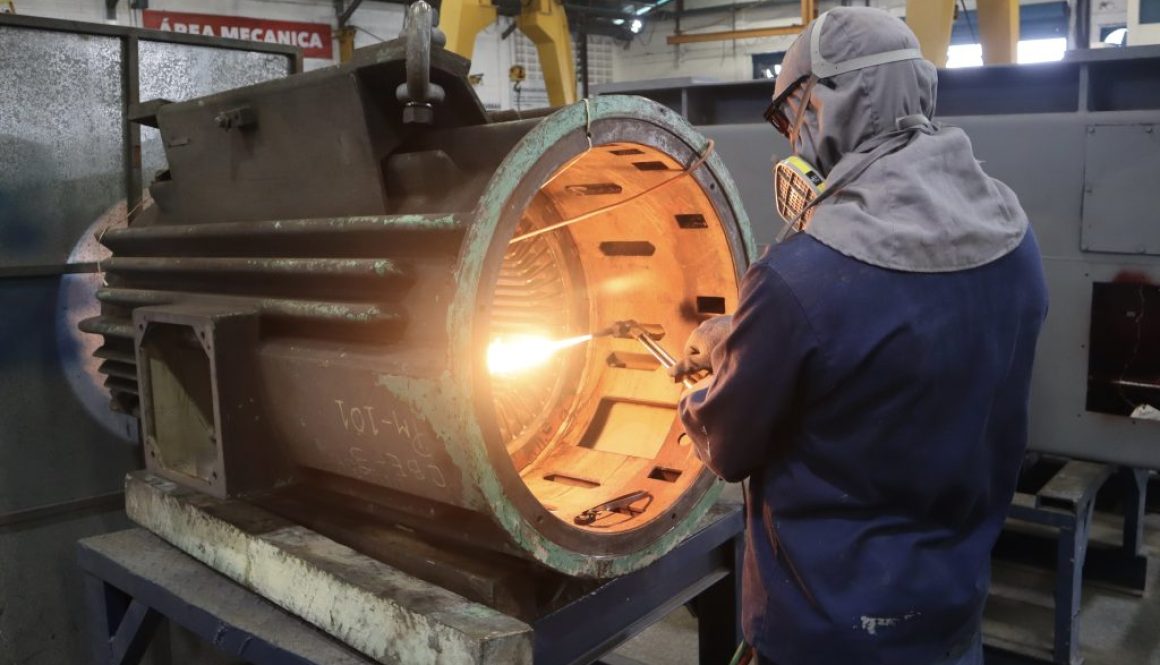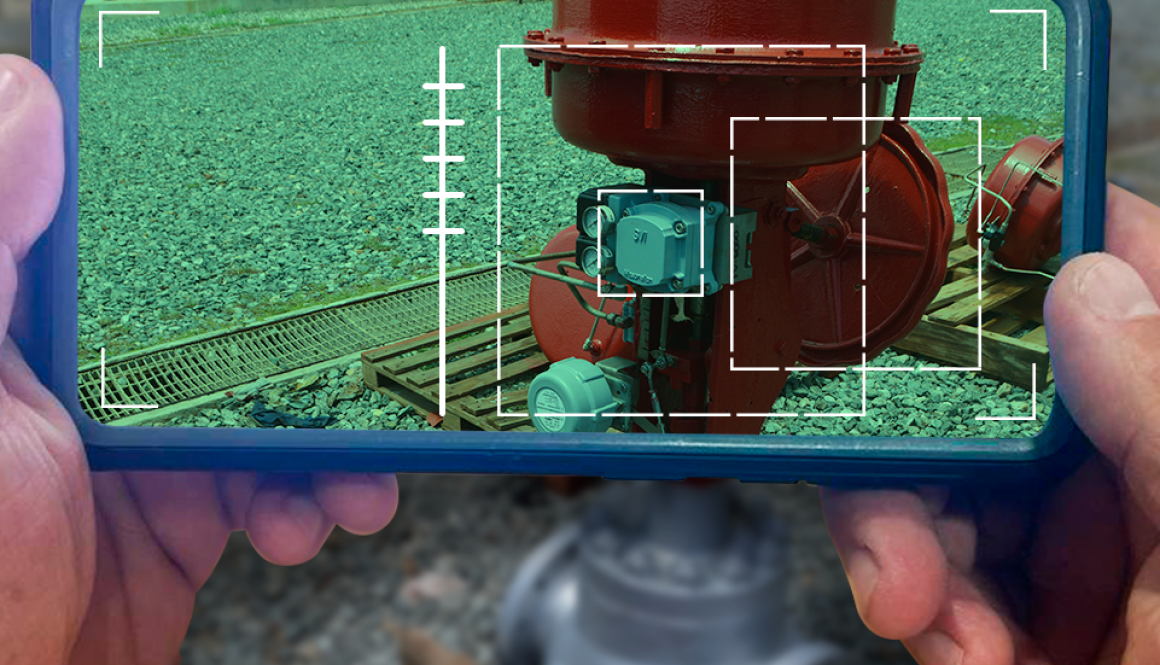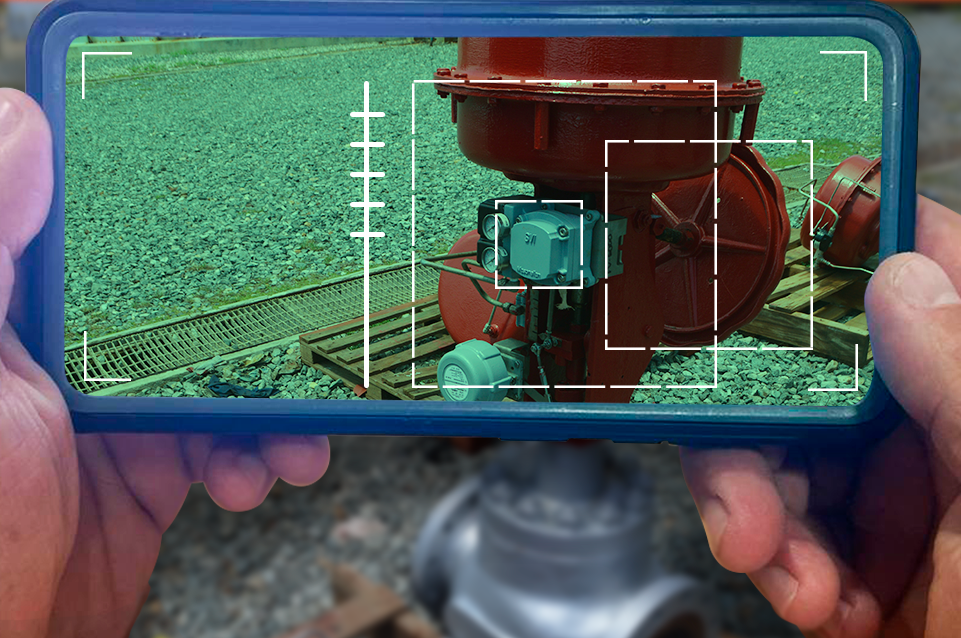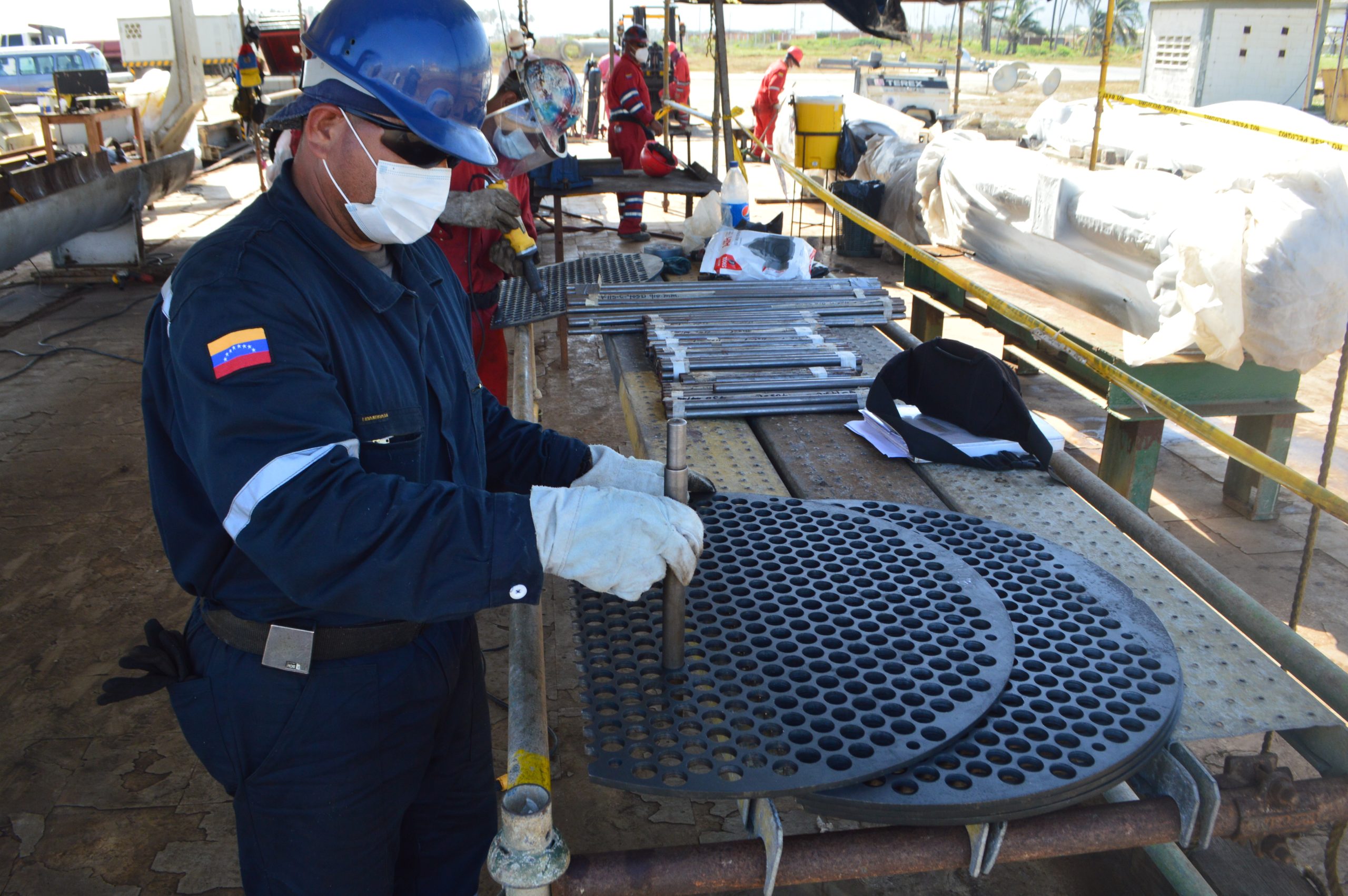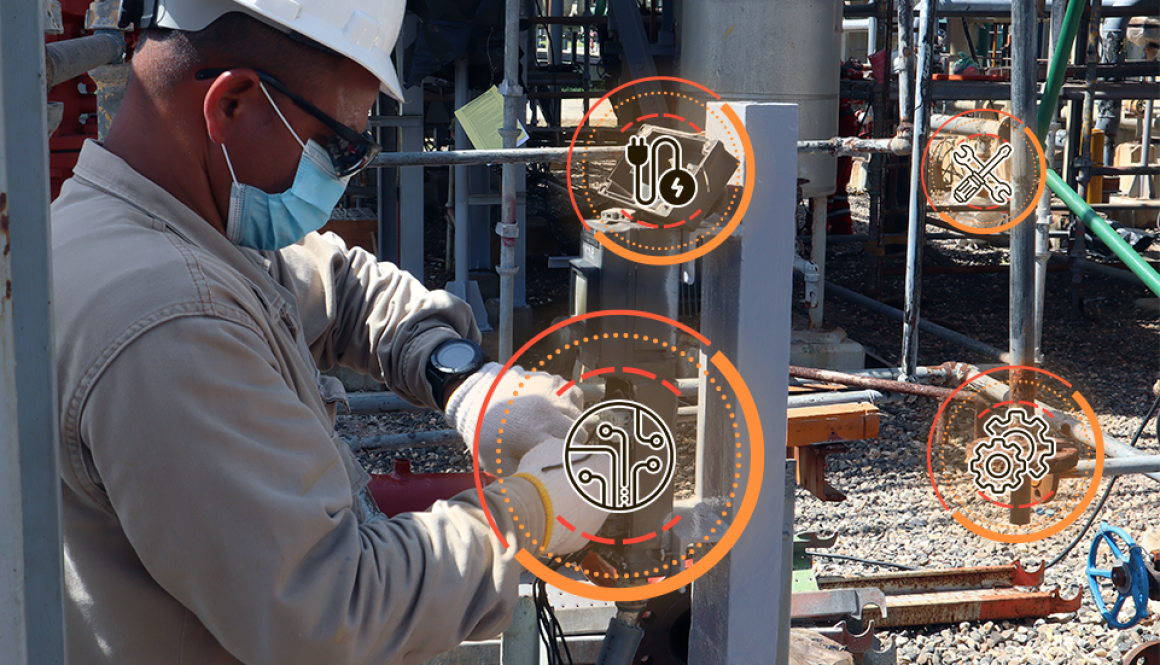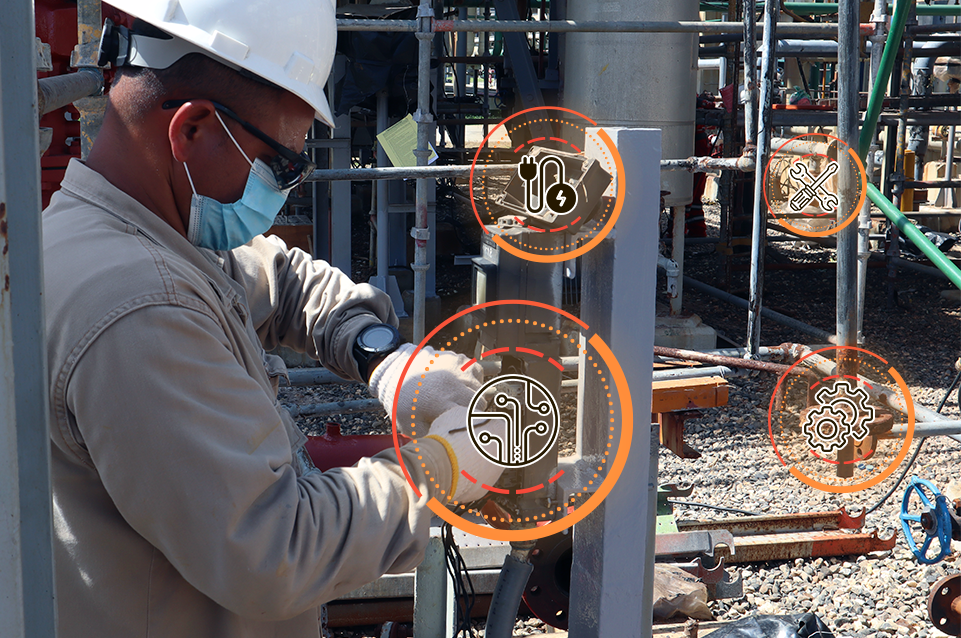Maintenance to electric motors
Maintenance to electric motors
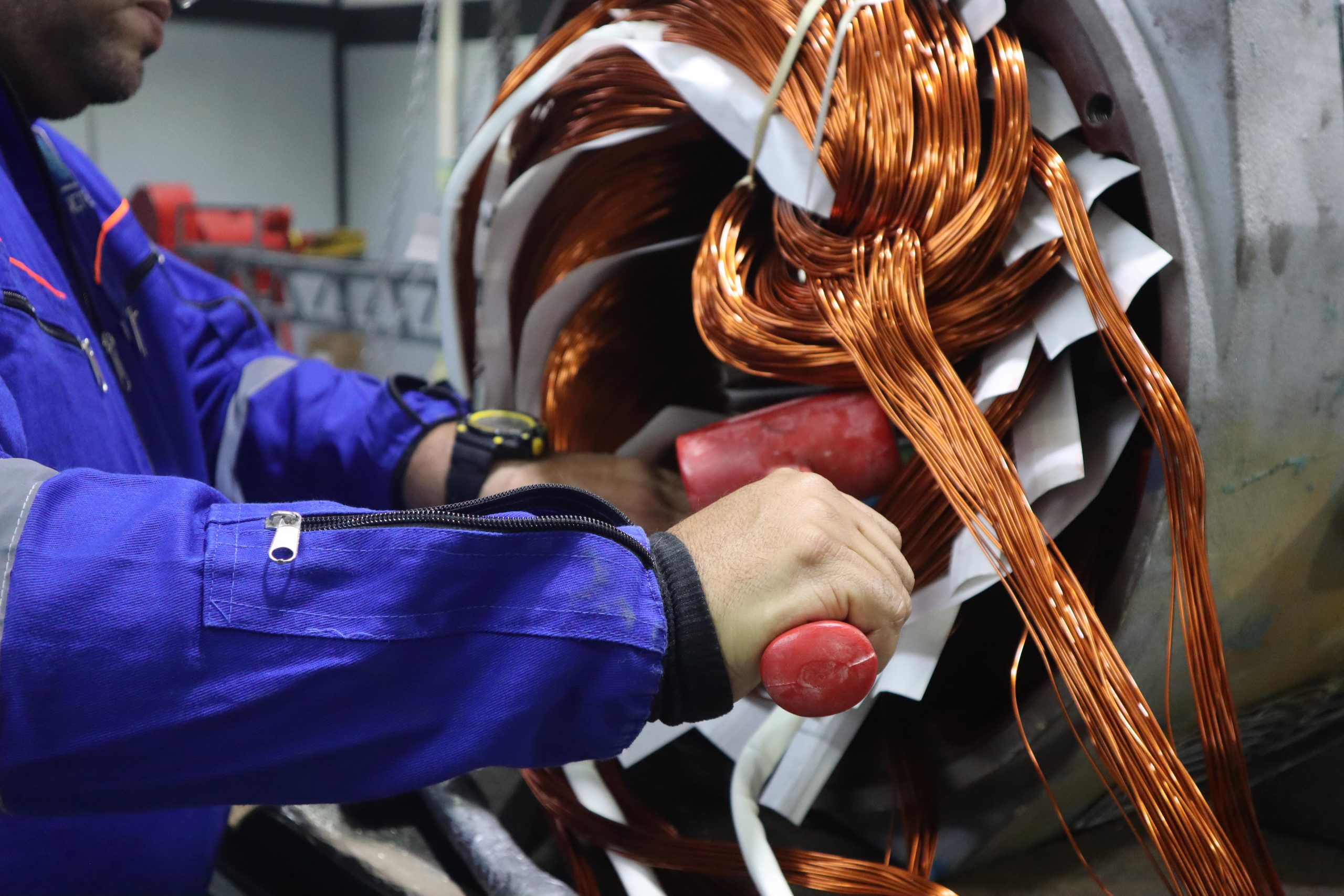
From steam cleaning to laboratory testing are just a few of the activities that take place when it comes to electric motor repair.
The field of action of electric motors covers several areas within the industry, which is why the output of this equipment can represent economic losses.
The maintenance of electric motors is an extremely important aspect because they are equipment for continuous use, so their components are exposed to wear, as well as contamination by agents such as dust, grease and humidity.
In the maintenance of electric motors, certain protocols are followed in order to establish the actions to be taken: Inspection, disassembly, as well as the verification of electrical and mechanical components.
The inspection phase contemplates a series of tests that are used to make an accurate diagnosis, such as verification of insulation resistance, motor continuity, direction of rotation.
Gustavo González, an engineer specializing in rotating equipment at Corporación BD, explained that the “tests make it possible to collect data on the operation of the equipment, for which dynamic and static tests are carried out to help detect or predict any failure.” Among the tests are: Polarization Index, Inductance, Capacitance, Impedance, Resistive Unbalance, Insulation Resistance, High Potential Tests, among others.
After the diagnosis is made, we proceed to the disassembly area where the electrical and mechanical parts are divided. In the case of mechanical elements such as bearings, shafts, covers, a cleaning is carried out to remove any residue and thus proceed to carry out a dimensional inspection.
Steam washing helps to remove substances that can deteriorate the motor’s insulation. Before the assembly of the winding, sandblasting is carried out as well as the internal and external mechanical polishing of the motor.
Rewinding of electric motors
When motors suffer damage to the coils, it is necessary to remove the winding and replace it with a new one in order for the motor to function correctly again.
There are many causes that can cause motor winding damage, some of them are:
– Overheating
– Short circuit in the connection butts.
– Short circuit between two phases.
– Peak voltage
– Short between phases
– Rotor lock
At Corporación Business, through the b&Maintenace business line, we have specialized technical personnel, workshops with test benches for horizontal and vertical motors up to a capacity of 15,000 Hp. In the same way, there are portable workshops to carry out work for motors with a capacity from 1/2 Hp to 600 Hp.
Regarding motor rewinding, we work with low and medium voltage AC equipment (up to 6,600 V / 15,000 hp), AC and DC slip rings (generators and traction rotors), DC pole rewinding and Polar Wheel.

